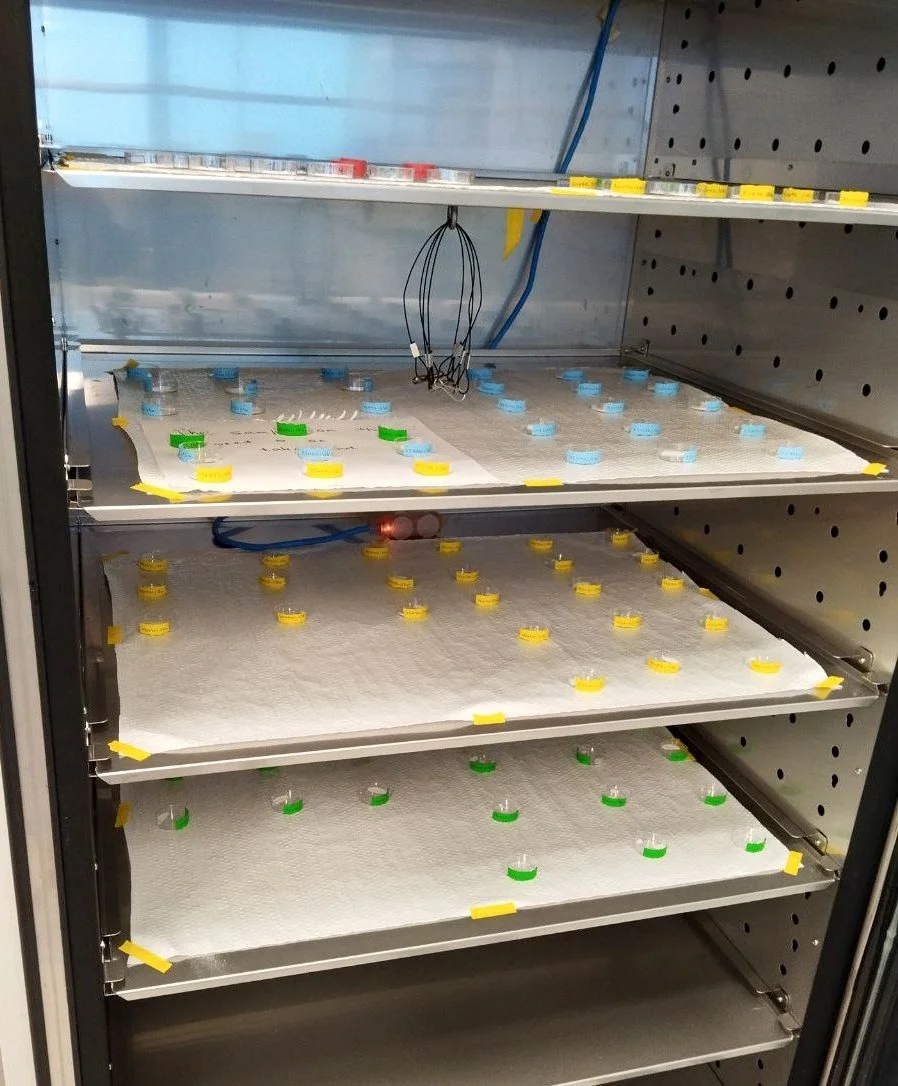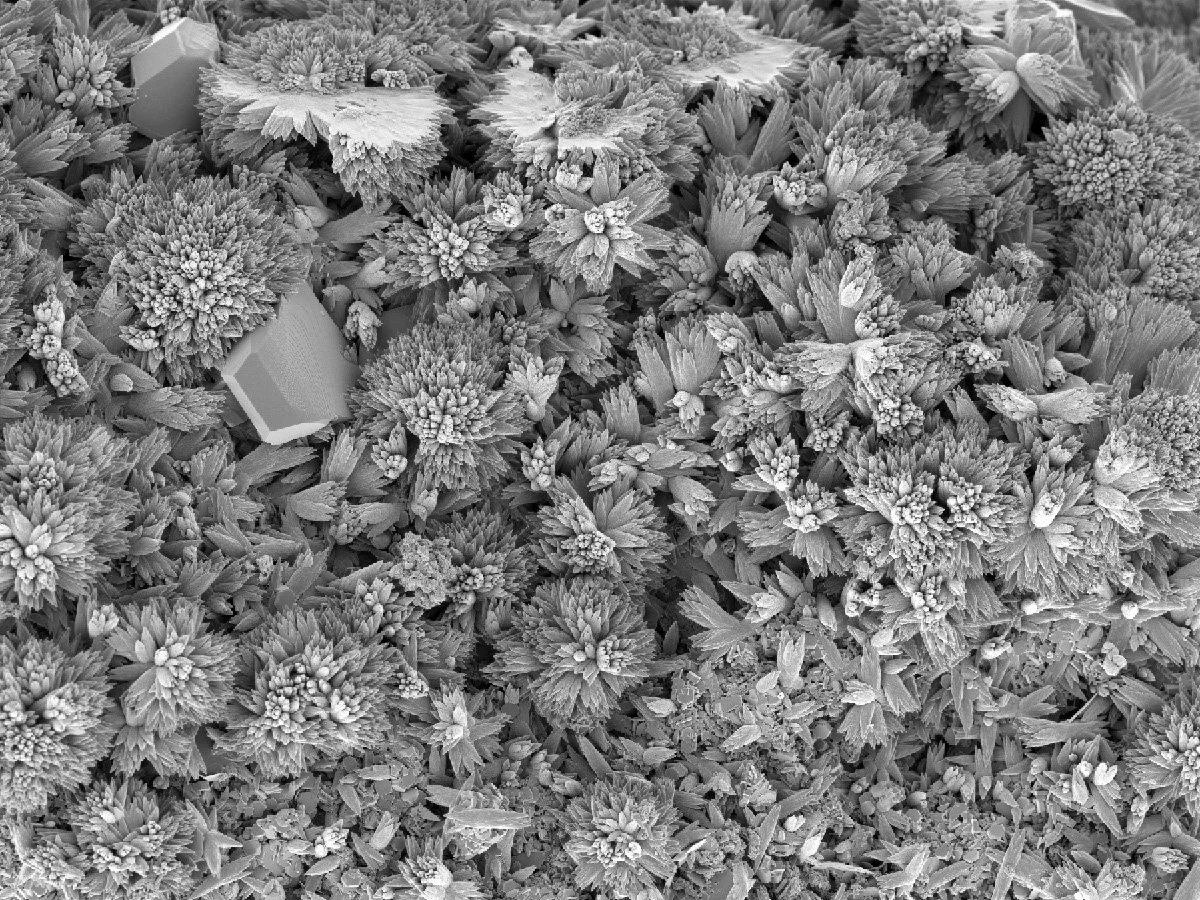Lime looping is a direct air capture (DAC) technology involving the repeated use of calcined limestone/lime (CaO) to absorb CO2 from the atmosphere. Owing to the highly reactive nature of CaO and its hydrated product, portlandite [Ca(OH)2], these minerals are ideal candidates for rapid carbonation and offer large-scale CO2 removal potential. However, in spite of their fast reaction rates, the route to complete carbonation is often hindered by several factors that can greatly limit process efficiency. Shaheen Akhtar, a postdoctoral researcher in PowerGeolab, is carrying out experiments using calcined limestone to identify and assess these limitations. The research revolves around quantifying rates and extents of carbonation under set variables and providing insights into underlying reactions, supported by scanning electron microscopy. The goal of the study is to highlight geochemical perspectives that can provide motives for further spiking efficiency of existing CO2 removal technologies and ultimately take part in decelerating climate change.
Batch experiments inside a ThermoScientific Forma 3940 Environmental Chamber.
Portlandite reacting with atmospheric CO2 to form calcium carbonate.


